This restaurant opened in 1986, so has been in operation for over three decades now. The head chef and owner is Masao Saisu, originally from Fukushima prefecture. He moved to France in 1973 and trained at some of the top restaurants of that era in Paris: Taillevent, Vivarois, and L'Ambroisie under Bernard Pacaud, and returned to Japan after twelve years in France. This restaurant won a Tabelog silver award for 2017 – 2019. The restaurant is at street level in what looks like a residential apartment complex. The dining room is quite cosy, with marble tiled floor, comfortably spaced tables and the seating split into several small sections by screens. Windows look out over a simple garden.
The menu is a la carte, quite a short menu with just a few choices for each course. Pricing is quite ambitious for what is essentially a neighbourhood restaurant, with main courses up at around £50. The exclusively French wine list was quite extensive for a small restaurant, and ranged from ¥8,500 to ¥72,000 in price, though quite a few labels were crossed out in pencil, and indeed the bottle that I initially tried to order turned out to be unavailable too. There were labels such as Domaine Weinbach Riesling Cuvee Theo 2015 at ¥9,000 for a bottle that you can find in the high street for ¥5,582, Beau-Sejour Becot St Emilion Grand Cru 2013 at ¥16,000 compared to its retail price of ¥7,634, and Vincent Girardin Puligny Montrachet Folatieres 2011 at ¥24,000 for a wine that will set you back ¥10,847 in a shop. For those with the means, there were grander offerings such as Guigal Cote d’Ampuis 1997 at ¥42,000 compared to its retail price of ¥11,005, and Jacques Cacheux Echezaux 1989 at ¥70,000 for a wine whose current market value is ¥18,343. The wine pricing was surreal, with modest wines not marked up that badly, but with better wines marked up proportionately much more, which is the exact opposite of what you would expect. The restaurant is essentially encouraging you to trade down. Also, £64 for the cheapest bottle is a steep entry point to the list. I eventually gave up and drank beer.
An amuse bouche was a red pepper mousse with tomato sauce. This had good texture, the red pepper taste quite subdued but avoiding the overly metallic tang that red pepper often shows in a dish. The tomato sauce had decent flavour, though not a patch on a similar sauce that we had tried the night before in one dish at the admittedly vastly grander restaurant l’Osier. It was a quite pleasant way to start the meal (13/20). Bread was very basic baguette style, with a rather cotton wool texture, the kind of bread that you might have encountered in a cheap Parisian bistro a few decades ago. Given the plethora of high quality bakeries in Tokyo these days there is no reason not to serve higher quality bread than this.
I began with a terrine of sea eel (anago) with pickled cucumber. This was quite enjoyable, the terrine having smooth texture and the flavour of the eel, which is milder than river eel (unagi), coming through quite well. The vinegar from the pickled cucumber was a good foil for the terrine, cutting through the richness (easily 13/20). This was a lot better than a dish of seasonal pickled vegetables, served cold, served with little attempt at presentation. There was certainly a wide variety of vegetables used, with carrot, radish, courgette, cucumber, sweet corn, cauliflower, turnip, leek, celery, fennel and tomato. All were prepared the same way, and the vegetables were not of especially high quality, which felt odd given the exceptional quality of vegetables that can be found in the markets of Tokyo. The menu claimed that there was coriander but this appeared to be missing in action (barely 11/20).
A main course of duck came with girolle mushrooms and a sauce of the cooking juices. The duck was cooked properly and had reasonable flavour, and I liked the girolles. The sauce was a little thin and would have benefitted from more reduction, but was pleasant enough. For me the dish would have been better with another element to balance the richness of the duck, perhaps a green vegetable or some item bringing either acidity or sourness. Still, this was an entirely acceptable dish (13/20).
The duck was a lot better than a fillet of blackthroat perch, which was cooked all right but lacked seasoning and was not perfectly filleted, with the odd bone still present. The skin was limp rather than either having been crisped up or removed, which felt to me quite lazy. The fish was served with some decent broccoli and a simple butter sauce. This was edible but felt more like the sort of dish you might encounter at a dinner party than in a French restaurant (10/20).
A simple dessert of poached white peach arrived with very little having been obviously done to it. I have eaten stunning white peaches in Japan, but this had limited flavour (11/20). The speciality of the restaurant is apparently soufflé, and I could see why. A pineapple soufflé was very nicely made, evenly cooked and with light texture, with a few piece of pineapple inside the soufflé to add an extra texture. This dish felt like it had arrived from a different and much superior kitchen (16/20). Coffee was a brand called Hariguchi, a Tokyo supplier that has been trading since 1990. It was not very good, being over roasted and so rather bitter. There is so much fine coffee available these days in the city that there is no excuse for serving something of this standard, which tasted like the kind of coffee that you might have encountered decades ago in a downmarket restaurant.
Service was good, the waiters attentive and professional, though my lack of Japanese meant that there was a bit of a language barrier. I don’t think too many foreigners venture here. The bill came to ¥16,810 (£139) per person with just beer and a cocktail to drink, which to be honest was an awful lot of money for what appeared on the plate. This felt like quite an old fashioned restaurant, the clientele mostly elderly and serving a style of food that felt quite dated. I am actually a big fan of classical cooking, so that in itself did not bother me, but the mediocre quality of ingredients felt jarring in a city that has access to arguably the best ingredients on the planet. This is the sort of restaurant that the Hitchhiker’s Guide to the Galaxy might have described as “harmless”, and then perhaps after the bill arrived the entry might be updated to “mostly harmless”.




















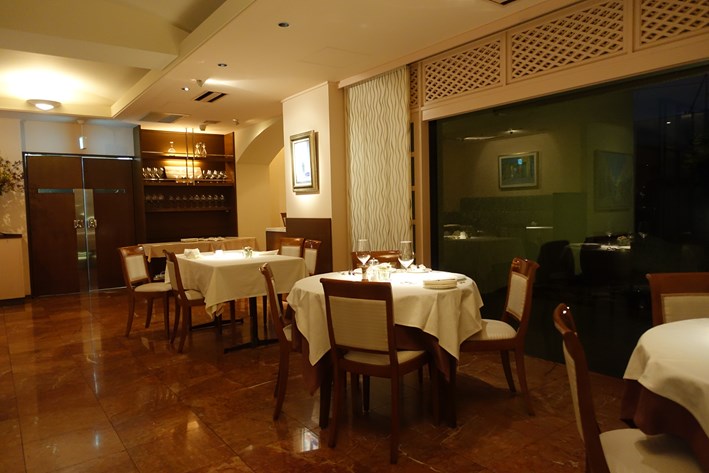
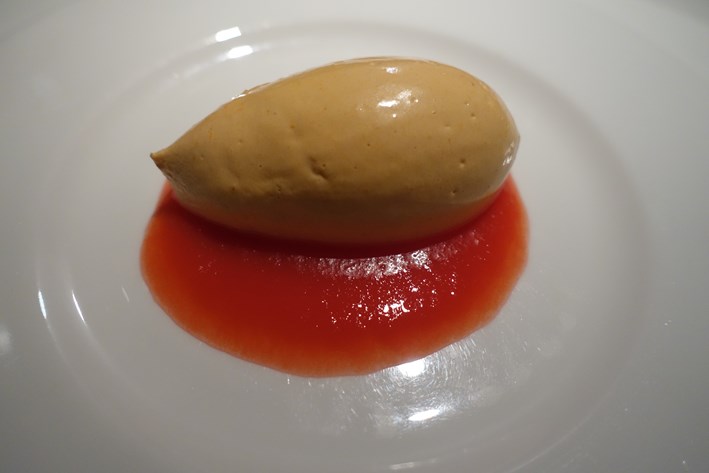
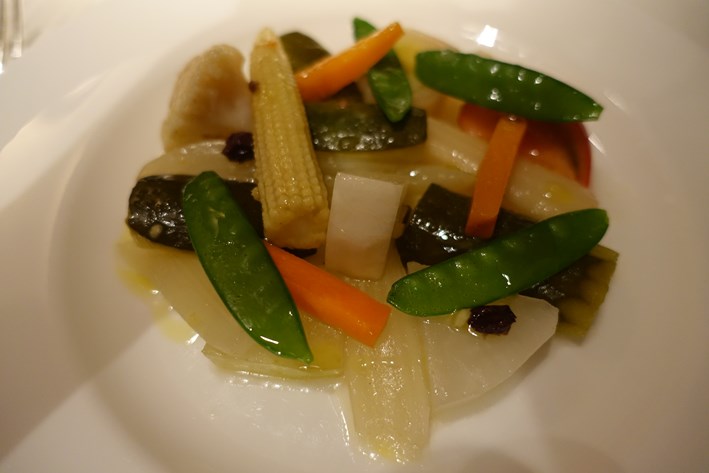


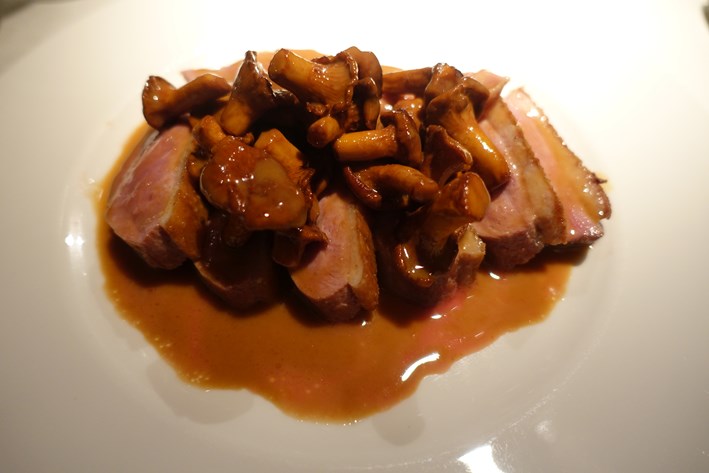
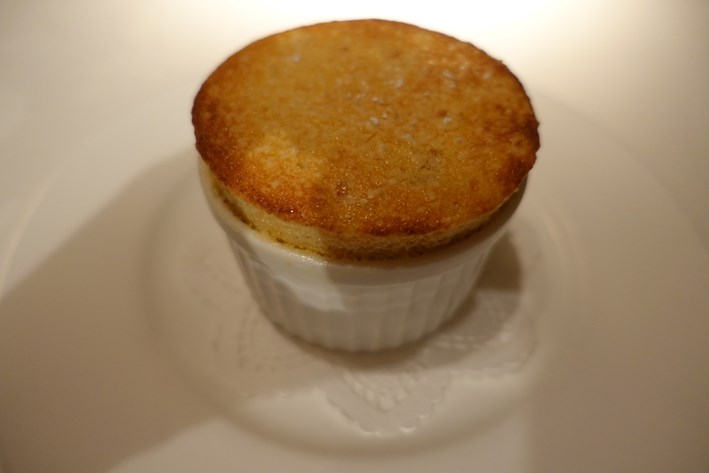
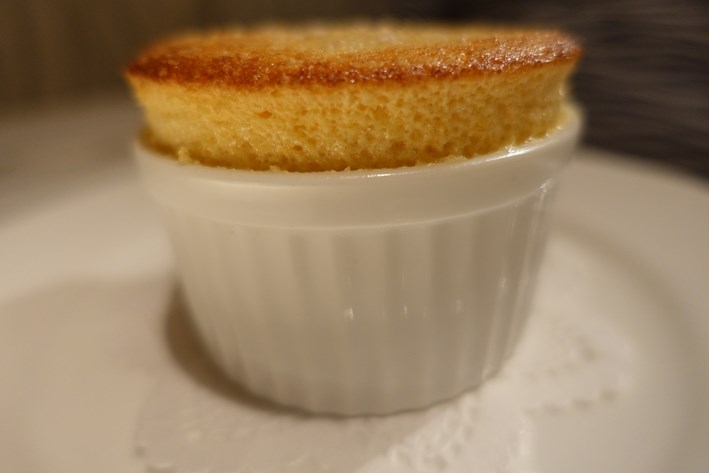
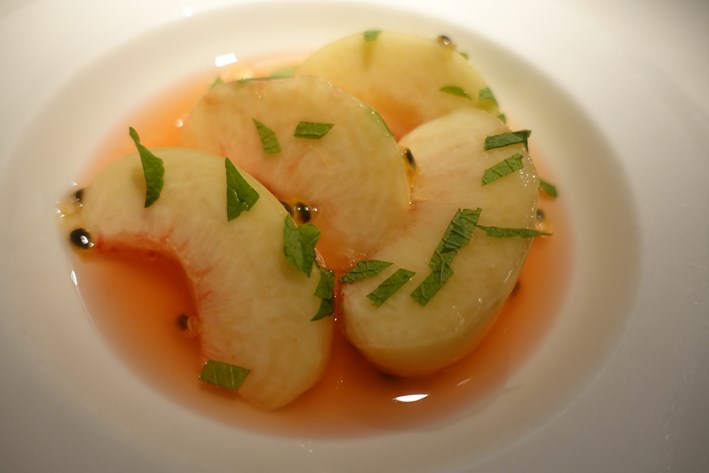

Add a comment
Thank you for submitting your comment, this will be checked and added to the website very soon.
User comments